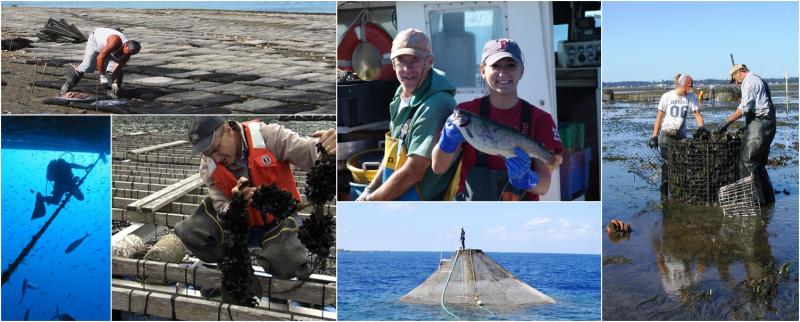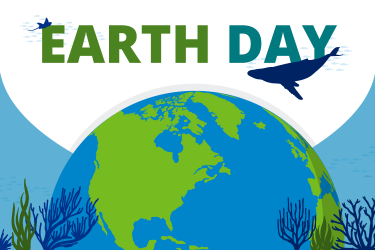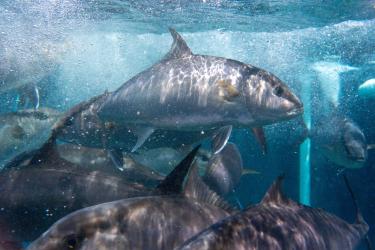U.S. aquaculture operations are subject to a complex array of regulations that growers sometimes find challenging. Regulations are in place at every stage of the aquaculture supply chain—from seed and broodstock acquisition to harvesting—and are applied at all levels of government. Agencies are continually working to improve the transparency of the permitting process and to help potential growers navigate marine aquaculture regulations, the Office of Aquaculture has updated the Evaluation of U.S. Shellfish Aquaculture Permitting Systems regulation inventory. This update reflects changes in shellfish regulations as well as creates new inventories for finfish and seaweed aquaculture regulations.
“Marine aquaculture projects must meet a number of federal, state, and local regulations that ensure sustainability,” said Kristine Cherry, Chief of the Regulatory and Policy Branch at NOAA’s Office of Aquaculture. “Many stakeholders are excited for this updated and expanded resource to help them explore and understand aquaculture regulations specific to their state or territory.”
The original 2018 evaluation report, funded by NOAA Fisheries, assessed shellfish aquaculture permitting systems and documented permitting and leasing requirements for shellfish operations in 22 states. “The permitting inventory that resulted from this project has become a valuable reference for those seeking to enter aquaculture,” said Cherry. “It has also become a useful tool for sharing knowledge and best management practices across coastal state programs.”
“Aquaculture permitting is subject to frequent changes, and much of the original document quickly became outdated,” explained Ben Hurley, the NOAA Hollings Scholar who led efforts to update the regulation inventory. As part of updating the shellfish regulatory inventory, Hurley also extended the scope to include shellfish governance in Hawaii and U.S. territories not included in the initial report.
Through collaboration and communication with state aquaculture representatives, Hurley was able to compile a large body of aquaculture permitting information that included significant documentation of how finfish and seaweed aquaculture would be addressed in many states that lacked structured permitting programs for these farm types. “When starting the project it became clear that no comparable resource existed for finfish or seaweed permitting despite rising interest in these fields,” added Hurley. Marine finfish and seaweed operations in state waters are emerging industries in many regions and lack formal permitting programs at the state level. “I found that these projects are frequently evaluated on a case-by-case basis, and listed regulations in the inventory may be variable.”
For all inventories it is strongly recommended that potential growers speak with a local aquaculture representative prior to beginning the farm planning process. While these inventories are designed to be a convenient and much needed reference, they are not a substitute for a discussion with a grower’s state aquaculture representative. “These inventories are the product of much collaboration, but are not comprehensive, and farms may require permits or be subject to requirements not listed,” said Hurley. Each inventory contains the contact information for state aquaculture representatives to promote these connections and discussions.
With the growing interest in the economic and climate resilience benefits of all types of marine aquaculture, the updated and companion inventories can serve as a valuable resource and starting point for potential growers. Making it easier to navigate the permitting process and get sustainable farms in the water can help diversify seafood production in the face of economic uncertainty and climate change. The Office of Aquaculture plans to work with states and territories to update the inventories periodically for maximum benefit to growers and coastal managers looking to explore different regulatory regimes.
State by State Summary of Finfish Aquaculture Leasing/Permitting Requirements
State by State Summary of Seaweed Aquaculture Leasing/Permitting Requirements
State by State Summary of Shellfish Aquaculture Leasing/Permitting Requirements



